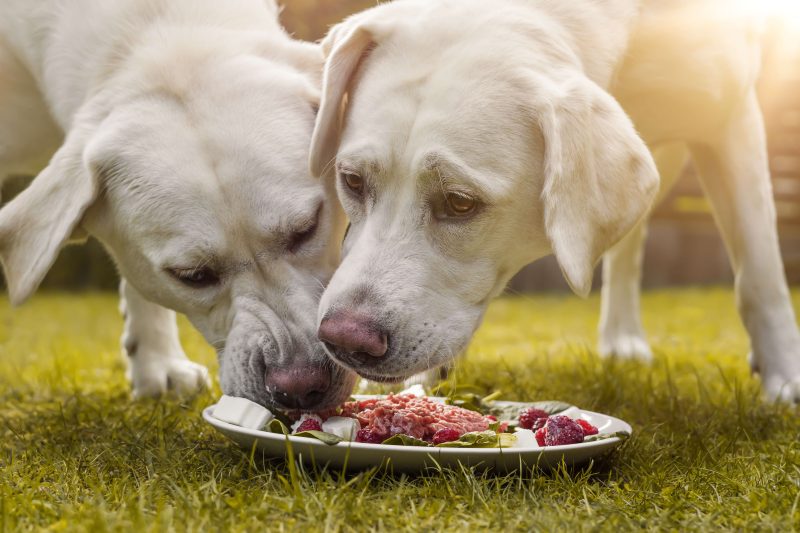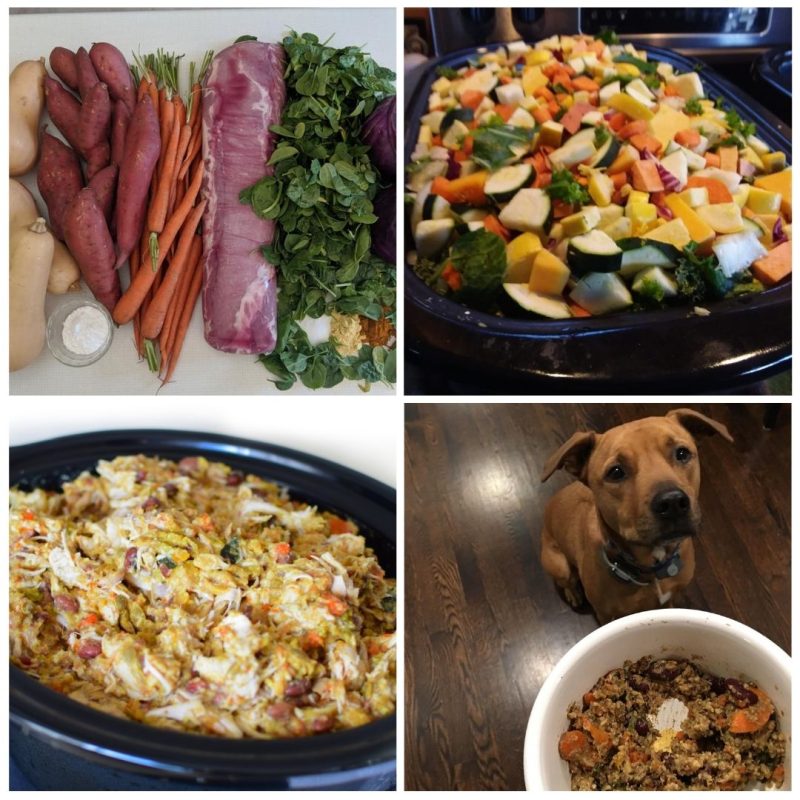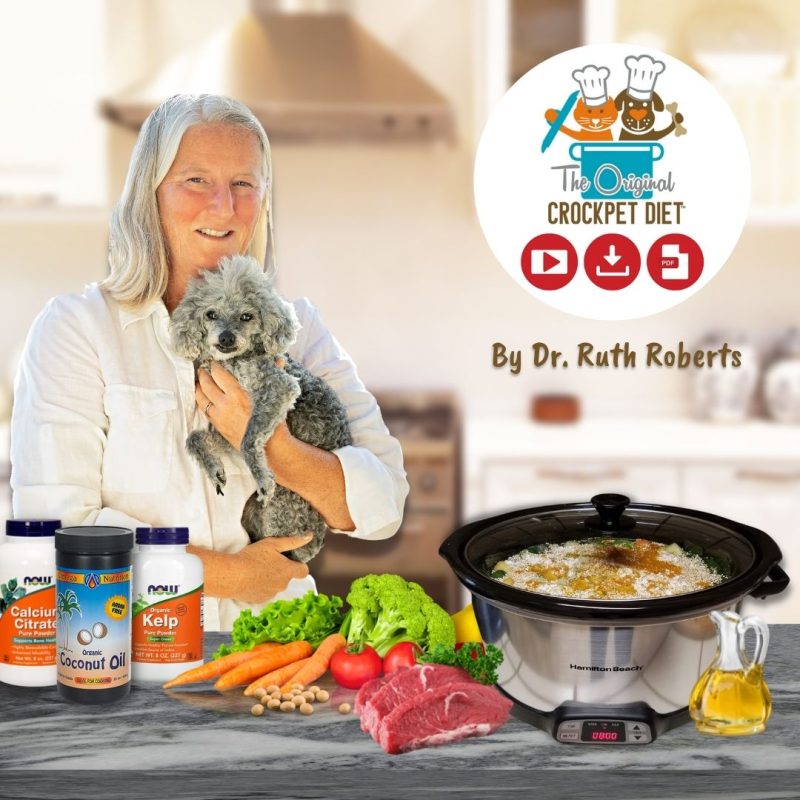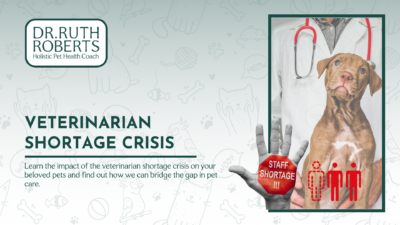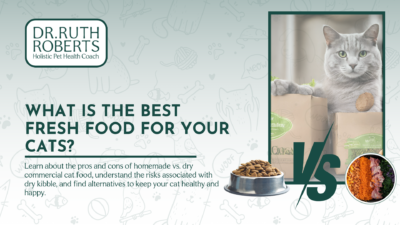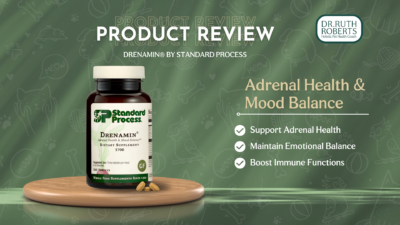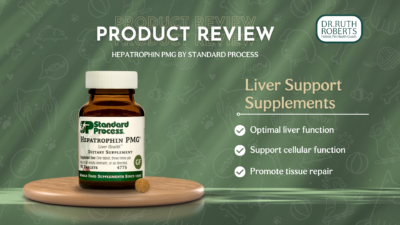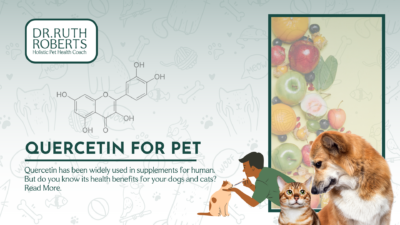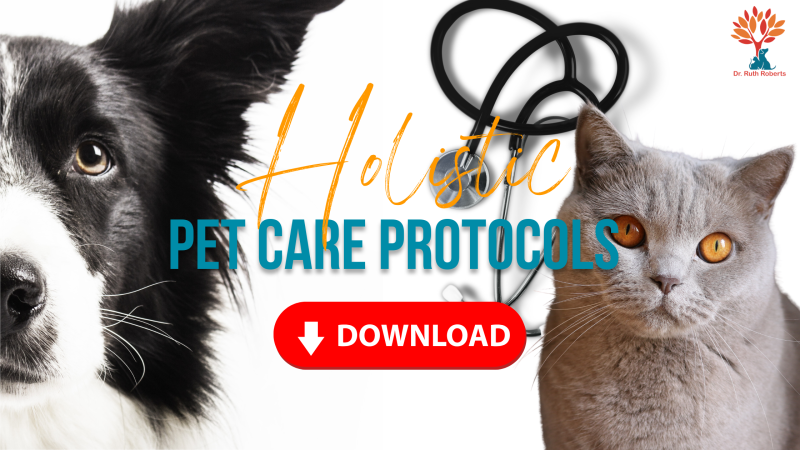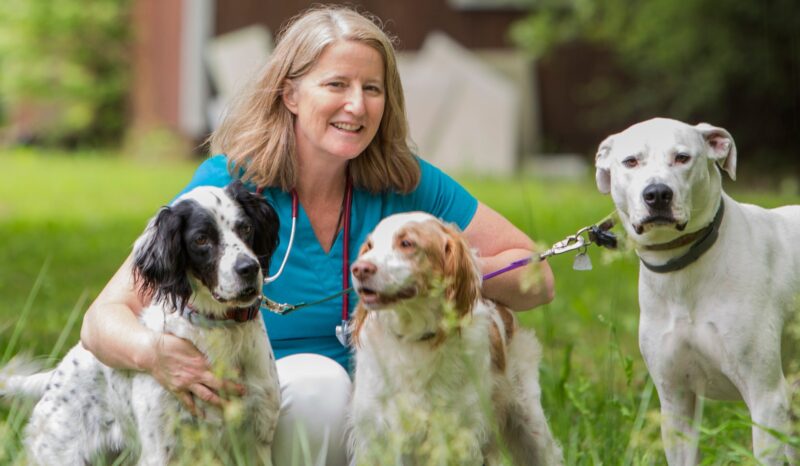Pet Food Sustainability
Finding an eco-friendly pet food;
Pet food sustainability should have the attention it deserves as the topic touches on both the food we give to our pets and how it affects the environment. Before we indulge more in pet food sustainability, what does it mean specifically?
Caring for a pet is a rewarding experience that doesn’t have to cost the earth.
Treating pets as an essential part of the family is a common case anywhere in the world. We bring them in with utmost care and commitment to their needs. The most crucial of their needs is the food they eat three times a day. As a pet parent, it is important to know the appropriate food for your pet and take into consideration another thing; the environment.
Is pet food eco-friendly?
Pet food refers to the food we give our pets. Sustainability, on the other hand, means meeting your needs without compromising the needs of the generation after you. If the two terms are joined, it means pet food that is safe and healthy.
Pet food sustainability are foods that are very nutritious already without the mixture of hazardous pesticides, chemicals, non-essential antibiotics, or growth promotion supplements. The constant consumption of these elements often makes our pets weak and unhealthy.
Pet food sustainability is about choosing the food that is healthy both for your pets and the surroundings. Our pets do not necessarily need high-end products that carry high prices for the environment.
How do I feed my dog eco friendly?
In achieving pet food sustainability, feeding an eco-friendly dog food and a sustainable cat food and then maintaining it, we need to control everything that goes into our pet’s bowl. The most sustainable pet food there is are foods that are crafted in your very own kitchen with only real foods.
The Original Crockpet Diet by Dr. Ruth Roberts is a perfect guide for pet parents in improving the health of their pets; be it a puppy, kitten, an adult cat, an adult dog, and senior pets. It is really important to realize what is going on underneath everything and to take a multi-pronged approach so that it won’t fail after a few weeks or months and to achieve pet food sustainability.
How can pets be sustainable?
According to research, vegetarian diets are safer and healthier for dogs than traditional meat-based diets, as long as they are nutritionally complete.
Over 2,500 dogs’ diets and health were tracked for a year using surveys completed by their owners. These looked at seven general health indicators, such as multiple vet visits and 22 common illnesses. Some of the dogs in the study were fed raw meat diets, which resulted in them being slightly healthier than the vegan dogs.
This could, however, be due to the fact that they were on average a year younger.
At the same time, people living in different places are becoming aware of the environmental issues that the planet is facing; pet food sustainability is not discussed as much as it should be. The small choices we make for our pets and ourselves have a huge impact on wildlife and the environment as a whole.
Just changing our usual products to sustainable products and ways contribute to the world the future generation will be living on. Pet food sustainability touches a lot of topics and these are a few of them.
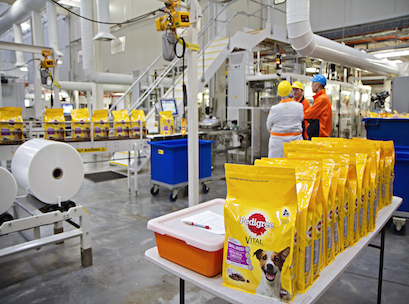
How does pet food affect the environment?
- System Overload
Human-grade pet diets, which use prime meat cuts and other components that many people enjoy, place additional strain on a global food system that will need to feed an estimated 9 billion people by 2050.
Pet food sustainability is to consider turning your excess food into some pet chow. In that way, you can ensure that what you put into your pets’ bowl is healthy if you crafted it yourself.
- The Land Use for Pet Food Production
The land used to satisfy the rising demands of the production of components for the dog foods and cat foods takes an area twice the size of a country that if we, pet parents, don’t switch to sustainable, eco-friendly pet products, these will continue to rise. Chickens, pigs, and cows not only take up a lot of space on their own, but they also require crops to feed them, which takes up even more space which is not under the category of pet food sustainability.
- Waste Not
Pet foods created with byproducts are more environmentally friendly than those made entirely of human-grade ingredients because they use animal parts that would otherwise end up in landfills, emitting tons of CO2 and methane.
- Carbon Footprint of a Pet Food
Animal agricultural facilities consume a lot of energy, which in the majority of the world still originates from fossil fuels. However, when it comes to animal agriculture facilities, they emit a different type of carbon footprint that makes them much less sustainable — methane.
Methane is a gas produced during digestion by animals, particularly cows and sheep. As a result, no matter how environmentally friendly the rest of the manufacturing process is, this significant source of greenhouse gas emissions cannot be avoided.
- Nutrient Balance
Pet food labeled “human-grade” may or may not provide your pet with the nutrition it needs. What matters most in pet food is the balance of nutrients it contains, not the quality of the ingredients. That is why the food that we put on our pets’ bowls is much better when homemade to know what is best and not best for our pets’ health and if it follows pet food sustainability.

How do you become a green dog owner?
As humans are the primary drivers of climate change, pets also contribute to global warming. Around one billion pet dogs and cats in the world are eating billions of pounds of meat thus producing half a billion of waste every day which has a massive effect on the health and sustainability of our environment. Below are ways to become a green dog owner and reduce the ecological pawprint of your cats and dogs.
- Purchase Pet Products Wisely
To go green with our pets, we should go for sustainable dog collars, sustainable dog litters, cat litters, and other sustainable toys, beddings, and grooming products. As much as possible, we should not choose plastic products that contain vinyl, phthalates, or BPA. The much-preferred choice is a hemp collar and leash.
Also, use eco-friendly pet shampoos for bathing your pets, and eco-friendly cleaning products for your pets when they happen to have an accident outside; that are free from toxic chemicals and manufactured with natural ingredients.
- Keep it simple.
The basic needs of our pets are very simple; food, water, exercise, medical care, a collar with tags, and lots of love. It is fun to purchase a lot of toys, fancy collars, and fancy outfits for our pets but sadly, it contributes to our pets’ environmental footprint which is a no for pet sustainability.
Also, these products use up huge amounts of oil, water, trees, chemicals, energy in their manufacture, packaging, and transportation which coordinates pets and global warming. Our pet dogs and cats are very easy to entertain. We often see our dogs chase a stick or ball, or our cats play with a ball of yarn or crumpled paper but above all, not tennis balls because these balls contain lead.
- Feed your Pet Thoughtfully
Dog and cat food, generally, contribute to the overall planetary impact of industrial meat production. Pet food also requires a lot of oil, water, and energy for processing, packaging, and transportation. Choose food made from food-grade meat byproducts and avoid canned goods. Sustainable pet food does not include canned goods as it contains toxins that are harmful to your pet.
Also, for sustainable food cans, pet food cans are not advisable as they have a higher frequency of both BPA-based and PVC-based coatings than human food cans. (BPA and PVC: hormone-disrupting chemicals that migrate into food and have been a source of health problems in humans and animals). Sustainable pet foods are those produced from organic, sustainably-raised, or grass-fed animals and not from industrial CAFOs and non-GMO grains.
- Scoop the Poop!
Most of our pets’ poop either winds up in a landfill, where it’s embalmed forever in plastic bags, or it sits on the ground until the next storm washes it into the sewer where it can end up in rivers and on beaches.
As responsible pet owners, we have to clean after our pets’ wastes, of course, with the use of sustainable pet waste bags. A room in your backyard could be useful as you can locate your DIY pet-waste composer with an old garbage bin.
Clay litters are not biodegradable, therefore, harmful to our surroundings which leads us in using more sustainable cat litter that is biodegradable. Pet waste compost decomposes for at least 18 months. After this duration, you can use it to plant houseplants, shade trees, shrubs, and non-edible plants as poops of our pets may contain toxins harmful to humans.
- Neutering the Pets
The significance of neutering pets is to reduce overpopulation in shelters, to reduce the rate of animal abuse, and euthanization rates. More than 70,000 puppies and kittens in the U.S alone are born every day. The overwhelming majority of them are put in shelters or abandoned to go feral or die.
Learn which supplements to support your pet after neutering to help them heal faster and healthier.
In the past few years, one of the most important conversations in the sustainability community has revolved around pet food sustainability and meat and its impact on the environment.
The condition of the world of today is very alarming, thus, we should start with our activities that are harmful to the environment and modify them with sustainable products and sustainable ways of doing it. Along with our pets, we should provide them with sustainable things, sustainable dog foods, and sustainable cat food.
References:
https://www.ecoandbeyond.co/articles/food-sustainability/
https://grist.org/article/dogs-vs-suvs/
https://lochtree.com/blogs/blog/environmental-impact-of-pet-food
https://www.wildlifetrusts.org/actions/how-be-eco-friendly-pet-owner
https://www.smallfootprintfamily.com/eco-friendly-pet-guide

